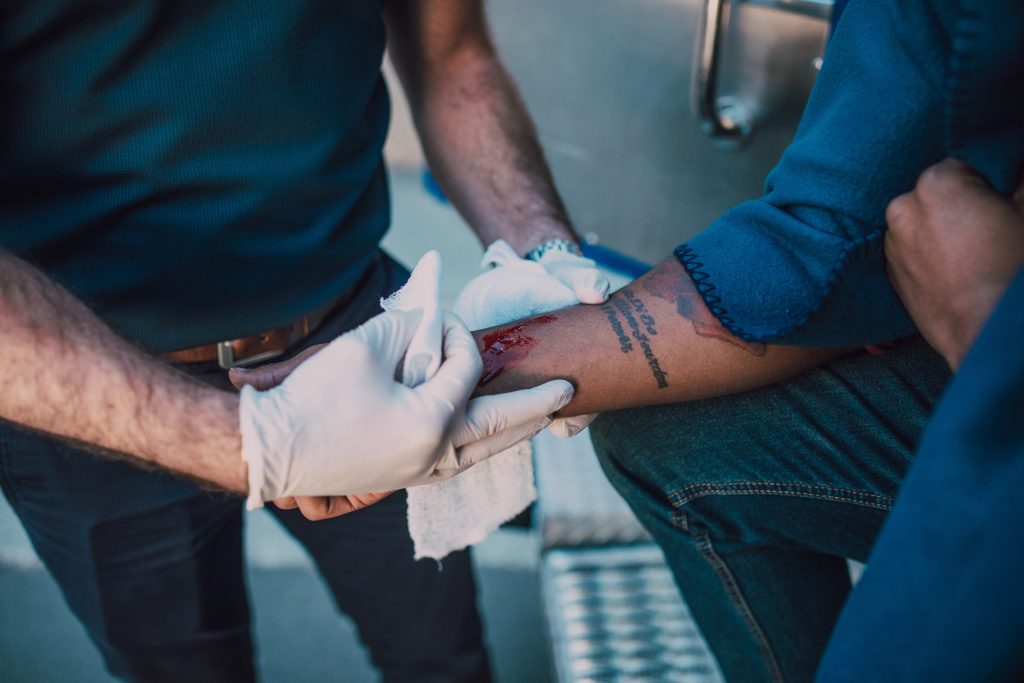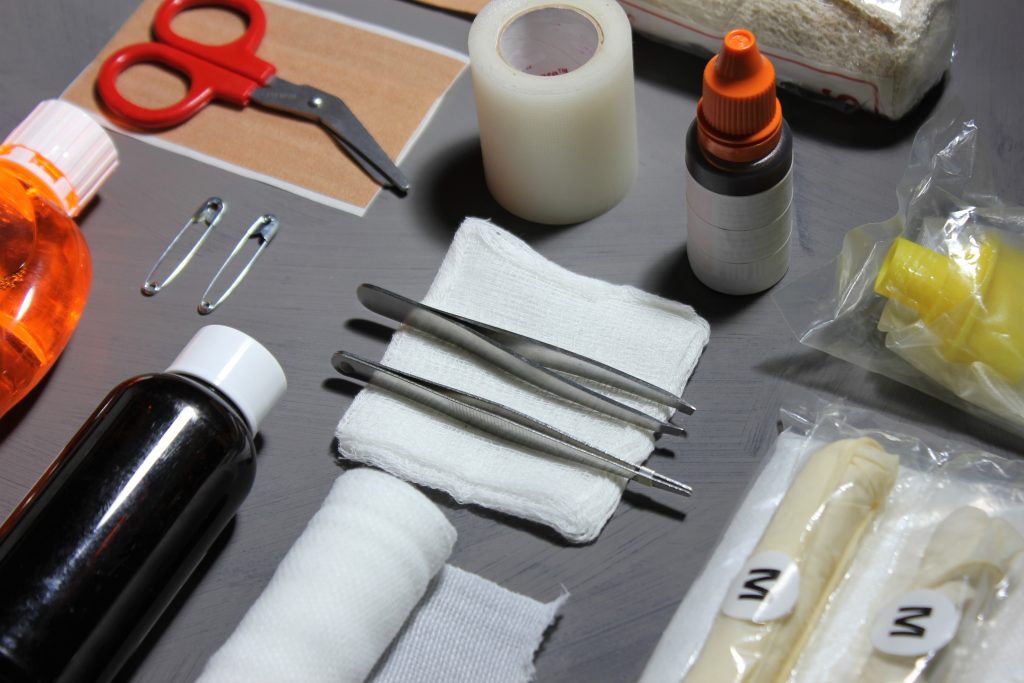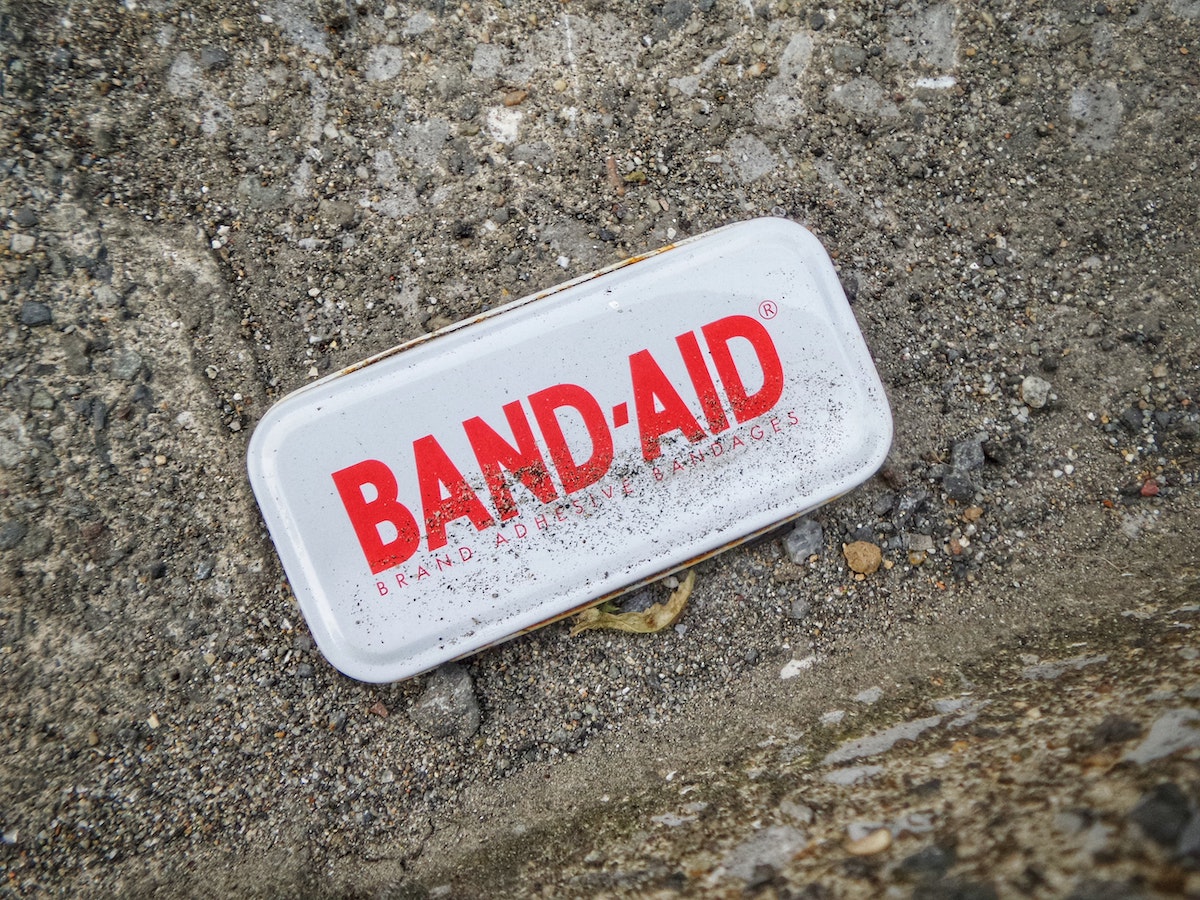Wound healing is a complex, and often, a long process of replacing damaged or missing tissue layers or cellular structures. Secondary intention healing, also known as secondary wound closure, is a type of wound that requires more time and energy to treat.
There is one goal in managing wounds and that’s wound closure. To successfully do this, the wound has to be closed properly without getting infected.
Avoid any infections and manage the wound with little stress. Learn more about secondary intention healing, some examples, and how to care for it properly.
- What is Secondary Intention Healing?
- What Type of Wound Heals by Secondary Intention?
- What is the Difference Between Primary and Secondary Intention in Wound Healing?
- How Does a Wound Heal by Secondary Intention?
- How Long Does it Take for a Wound to Heal by Secondary Intention?
- What is the Difference Between Tertiary Wound Healing and Healing by Secondary Intention?
- How to Clean Wounds By Secondary Intention Healing at Home
- When to Call Your Doctor
What is Secondary Intention Healing?

Secondary intention healing is when the edges of the wound can not be closed together. Healing by secondary intention applies to wounds that have acquired a lot of tissue damage that the edges of the open skin or open wound can’t be put together.
It is also known as secondary wound closure. Since the wound can’t be stitched close, the wound is left to heal naturally, starting from the bottom of the wound until it heals to the top.
What Type of Wound Heals by Secondary Intention?
Some examples of wound healing by secondary intention include pressure injuries, burns, severe lacerations, diabetes-related ulcers, and other wounds that could not be closed by a suture.
What is the Difference Between Primary and Secondary Intention in Wound Healing?
The difference between primary intention healing and secondary intention healing is that in primary intention, the wound or laceration can be closed by bringing the skin together and connected via a suture.
Meanwhile, secondary wound healing involves wounds that are more concave in nature and there is loss of skin, therefore, it cannot be closed using sutures or primary wound closure.
Primary wound healing also heals faster than secondary wound healing as it only takes at least a week for primary wounds to heal, however healing time depends.
For example, for surgeries like tummy tuck incision, it will take about three weeks or more depending on the scope of the surgery.
How Does a Wound Heal by Secondary Intention?
Four stages occur during secondary intention healing, which are:
- Hemostasis Stage – This stage occurs when the cells release chemicals to make the blood clot. This way, there will be no blood loss. You may notice that this happens at the stage where the initial injury happens. Blood starts to flow at the beginning of the injury, but the hemostasis phase comes in to stop the bleeding.
This is the stage where the platelets stick to the damaged endothelium and discharge adenosine diphosphate to create a blood clot.
- Inflammation Stage – During this stage, clotting occurs and then inflammation begins. Blood vessels get larger (dilate) in order to bring more phagocytes or cells that kill bacteria, to the area.
- Proliferation Stage – This is when tissue cells get together and multiply at a rate that is 10 times faster than normal. Granulation tissue starts forming at the bottom of the wound.
Cells also move into the wounded area from surrounding healthy tissue. Some of these cells create their own scaffold and other cells lay down collagen, which acts as a matrix for new cells. - Maturation or Remodeling Stage – The final stage is when the wounds fill in and scar tissue replaces the missing area. This usually takes a few months as the collagen forms to heal the wound.
How Long Does it Take for a Wound to Heal by Secondary Intention?
With secondary intention, your wound may involve lost skin and the area wounded may be wider. This means that the wound will heal from the bottom up, filling lost tissue with new ones until it closes itself from the side.
The healing time depends on the wound size and depth but the average time frame would be 6 to 12 weeks.
Risks associated with secondary intention wound healing
- Healing and repair time takes longer
- Increased chances of getting an infection
- Increased chances of scarring
What is the Difference Between Tertiary Wound Healing and Healing by Secondary Intention?
Tertiary wound healing involves wounds that need to be healed by delaying the wound-closing process. There could be an infection trapped underneath the skin and closing the wound by primary intention could further infect it.
In such cases, doctors may create a bigger laceration or allow the wound to drain before closing it using healing by secondary intention.
How to Clean Wounds By Secondary Intention Healing at Home

After you’ve seen your doctor, you will be sent home to tend the wound on your own until it’s fully healed. Your duty is to keep the area clean and keep infections away.
Here are some tips to quicken the healing process and make sure that your wounds are always clean. Note that this procedure is only applicable once your doctor has given permission for you to clean your wound with water.
What you’ll need:
- Cotton ball and Q-tips
- Liquid anti-bacterial soap (mild)
- Scissors
- Medical tape
- Povidone-iodine (ex. Betadine)
- Antibacterial ointment (ex. Bactroban)
- Non-stick dressing pads
- Gauze pads (to place on top of non-stick pads)
How to:
- Clean your wound with clean water and anti-bacterial soap. Use the Q-tip to thoroughly clean the wound inside and around the area. To make sure that it’s healing well, the wound should look moist and red. However, redness and pain around the wound is a sign of infection.
- Rinse and gently dry the wound using a gauze pad.
- Pour Povidone-iodine solution onto a cotton ball and apply it onto the wound.
- Next, Spread the antibacterial ointment on the wound using a Q-tip.
- Cover the wound with a non-stick dressing pad and put tape over it to secure it.
- Add an additional layer of gauze if there’s excessive drainage, then secure it with the tape.
Note:
- Avoid using hydrogen peroxide.
- Clean your wound once or twice every day.
- Avoid caffeine and tobacco to quickly improve the healing process.
- Consume vitamins and minerals that will help you heal faster.
- Get enough sleep to allow your skin to recover properly.
- Once the wound is healed, apply anti-scarring ointment to prevent scars or further discoloration.
When to Call Your Doctor
Call your doctor if you have questions about your wound. Don’t wait for any feeling of discomfort or signs of infection like pain, itching or redness.
If you have a minor cut or a small scrape, you may not require your doctor’s assistance. But if you have a larger wound, a wound that doesn’t stop bleeding, or you’re a diabetic who got cut, then you should call your doctor for treatment.




